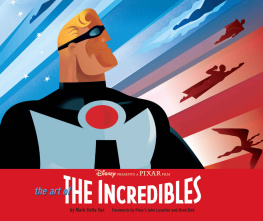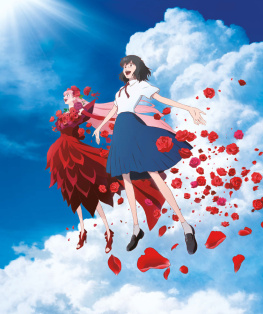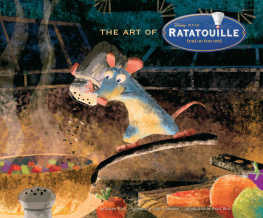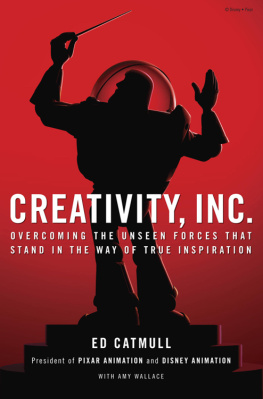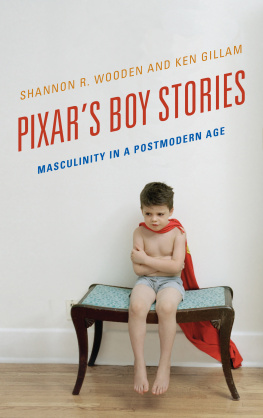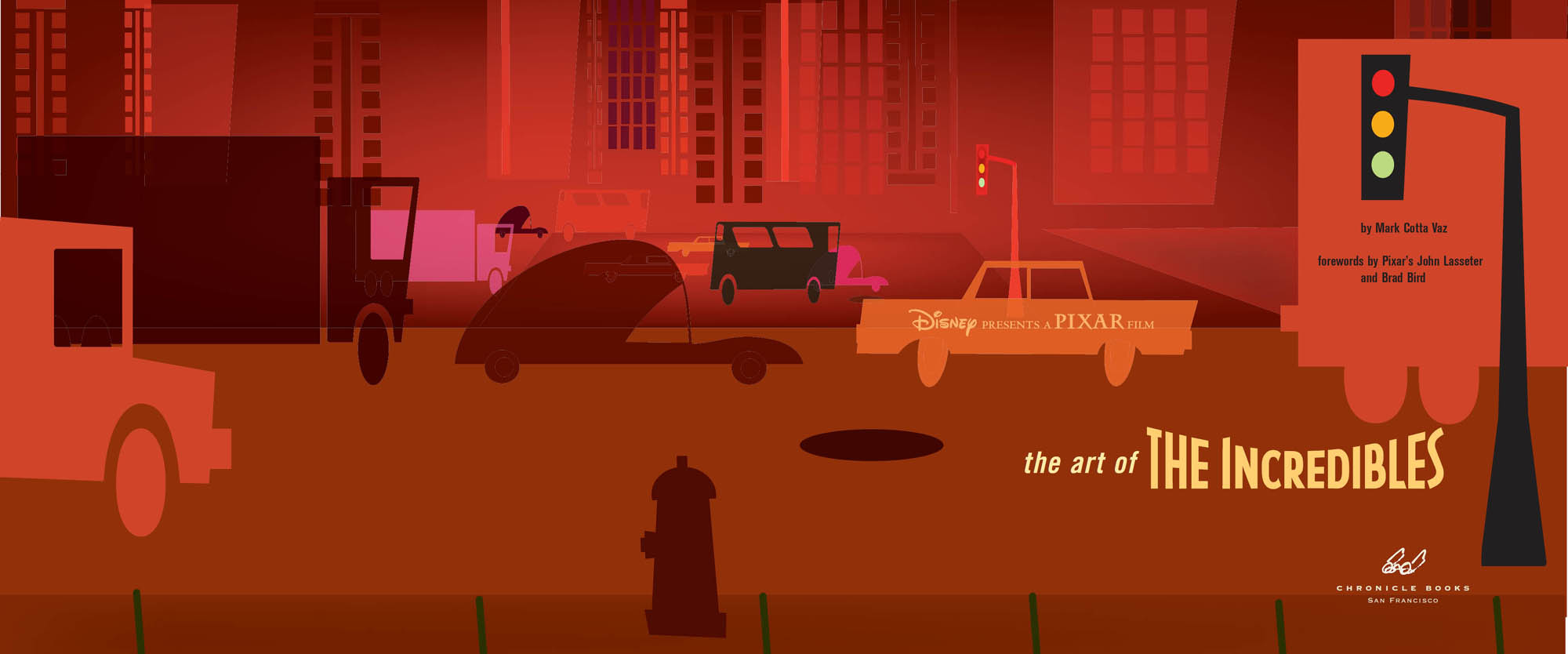
TEDDY NEWTON, 2002
early titling concepts
digital
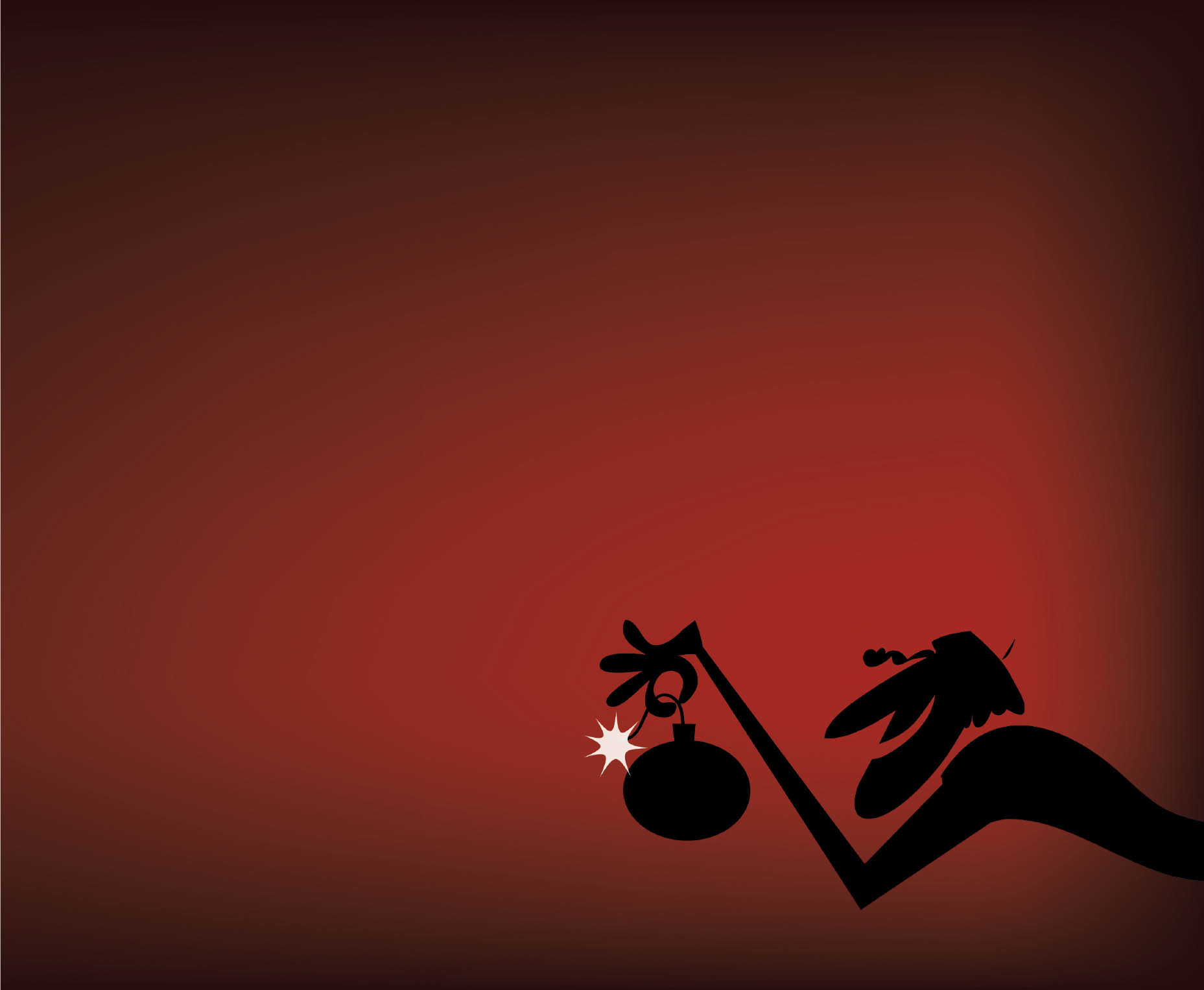
TEDDY NEWTON, 2002
early titling concepts
digital
To the crew of The Incredibles. Youve done the impossible and survived to film-make another day. Thanks for being too ambitious.
Brad Bird, writer-director
John Walker, producer

TEDDY NEWTON, 2002
early titling concepts
digital
Copyright 2004 Disney Enterprises, Inc./Pixar Animation Studios
All rights reserved. No part of this book may be reproduced in any form without written permission from the publisher.
ISBN 978-0-8118-4433-1 (hc)
ISBN 978-1-4521-4757-4 (epub, mobi)
The term OMNIDROID used by permission of Lucasfilm Ltd.
Designed by Laura Lovett
Chronicle Books LLC
680 Second Street
San Francisco, California 94107
www.chroniclebooks.com
[contents]
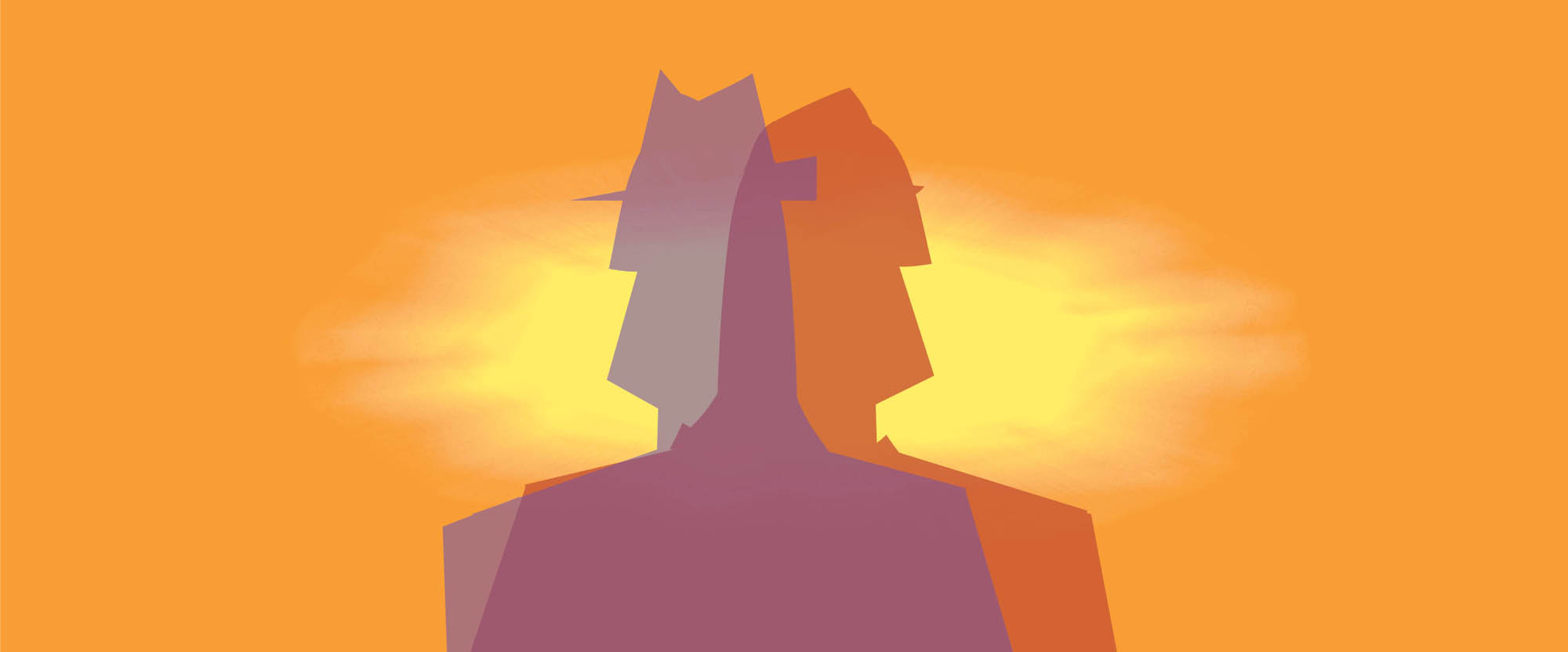
FOREWORDS
W hen Brad Bird pitched us The Incredibles, about a dysfunctional family of super-heroes, I knew we had to make it. I grew up with comic books and loved superheroes, and Brads vision was a fresh take on familiar material. His story takes place in a world that evokes the future as imagined in the 1960s, but still feels natural and believable. It has all the cool stuff, all the superpowers, gadgets, and action, but it also has heartthe hardest and most important thing to achieve in any film. It is about a real family with real ups and downs.
We knew it would be a challenge. Creating a believable human is pretty much the hardest thing you can do with a computer, much harder than creating believable special effects. While computers love geometric, perfect, and clean shapes and surfaces, they have a hard time with organic thingsand you cant get more organic than a human being. But considering we just had a breakthrough with Sulleys fur in Monsters, Inc., we felt we could make the leap to doing our first movie about humans when Brad brought us The Incredibles.
Ive known Brad since we were students together at CalArts, and I can bestow no greater compliment than to say that he is the ultimate geeky animation fan. He also happens to be one of the best movie directors around, animation or live action. His amazing eye made the shapes, spaces, and things typical of hand-drawn animation work with his new medium in a way that inspired all of us. Brad had never worked on a 3-D animated film before, but he had something new for even the most grizzled CG veteran.
Ultimately, the most exciting thing about this project was getting Brad Bird to Pixar. It turned out to be a perfect match.
JOHN LASSETER, executive producer
I t didnt occur to me that there was anything personal about the genesis of The Incrediblesa goofy story about a middle-aged superhero and his familyuntil many years later, well into the films production.
I first thought of the idea over a decade ago, when I had various projects in development at studios all over Hollywood, but couldnt seem to get any of them made.
At the same time I was starting a family (with a wife, two young kids, and a third on the way), and the twin demands of family life and meaningful work were creating doubt in me that Id ever be successful in one area without failing miserably at the other.
I loved both, needed both, and couldnt imagine life without either.
Consciously, Id always thought of The Incredibles as a tribute to the pop mythology of my youth, a gumbo of spy movies, comic books, and favorite television shows; but I realize now that the other half of its ingredients came out of personal anxieties about family, work, expectations, and the special gifts we are all given but dont always appreciate.
I would like to express my immense gratitude to the holy trinity of Pixar, John Lasseter, Ed Catmull, and Steve Jobs, for creating a rare film company thats faster than a speeding bullet, more powerful than a locomotive andby supporting original animated films driven by their directorsis able to make giant leaps of faith in a single bound.
The whole experience has been... Incred-uh... SUPER.
BRAD BIRD, writer-director
Introduction:
THE HOMECOMING
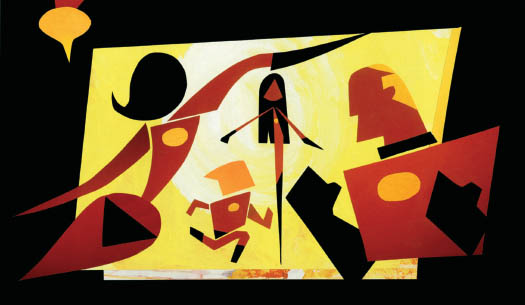
TEDDY NEWTON, 2003
collage, 10 x 8"
I n the year 2000, not long after the release of The Iron Giant, his first animated feature, director Brad Bird assembled a core team of artists and animators and they all packed up their lives and headed north from L.A. to Pixar Animation Studios in quiet, unassuming Emeryville, California. Although Birds fantastic Giant character, a towering robot from outer space, was computer generated in the film, Bird and his band were basically 2-D animation veterans entering the realm of the most successful computer animation (commonly called CG) studio on the planet. There they were welcomed with open arms. What excited me was letting Brad Bird loose and seeing what the guy could do, said Pixar guru John Lasseter, who subsequently executive-produced Birds first Pixar Animation Studios film, presented by Walt Disney Pictures, The Incredibles.
Lasseter and Bird had been classmates at CalArts, where theyd studied classic Disney films on a special 16-millimeter projector designed with freeze-frame capability. From there they graduated to the venerable animation studio itself. I remember Brad being so passionatehe was like the warrior against mediocrity, Lasseter recalled. We both worked at Disney back in The Fox and the Hound days, a time when we just wanted to do good work, but the people who ran the studio creatively tried to keep young people in their place. However, our lives had changed years earlier when Star Wars came out. We looked at that and said, Animation can entertain audiences like that!
The two friends then took separate paths: Lasseter went to Lucasfilm and then to Pixar, Bird to Amblin Entertainment, live action, and TV animation, notably as executive consultant on The Simpsons. Bird wanted to create feature films but his efforts on that front were impeded by a long stretch in Development Hell, Hollywood lingo for projects seemingly on the road to completion but which are actually on the well-worn path to where dreams go to die, ultimately being pulled and terminated. The Iron Giant was his breakthrough, a fable mixing fantastic it-came-from-outer-space action, Cold War politics, and lessons of family and friendship. Id never really seen action-movie conflicts done in full top-quality animation, with the big-screen treatment and character moments you associate with the Disney classics, Bird recalled. I wanted to see what would happen if you brought sci-fi and action elements to high-quality animation.
Although The Iron Giant was a critical success, it didnt perform well at the box office. Nonetheless, Bird was finally on a roll and ready when he got Pixars call. I think studio executives in the past had taken his passion as being negative, Lasseter mused. Brad was like a thoroughbred horse harnessed to a broken plow. But at Pixar it was like we unhooked that horse and let it run free. We are so like-minded that when he arrived on his first day I said, Welcome home.
Next page
